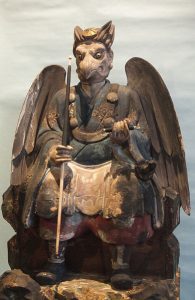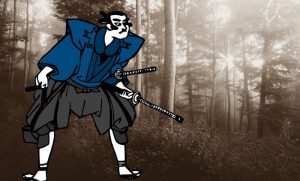Ninja Warrior and Sarutobi Sasuke. The first one’s a popular obstacle course competition. And the latter is a famous Japanese folklore character.
What do they have in common?
Ninja Warrior is Sasuke.
What!?
Ninja Warrior, the televised obstacle course show, started out in Japan. Its original name was SASUKE. The name, Ninja Warrior, is only used outside of Japan.
Due to its popularity, many countries bought the rights to air their own versions of SASUKE. Some examples include the American Ninja Warrior and Sasuke Singapore.
So, today, you will be introduced to the legend, Sarutobi Sasuke. And learn how his story became associated with the Ninja Warrior show. Lastly, you will get to watch common obstacles in all four stages of SASUKE Ninja Warrior.
Sarutobi Sasuke – Folklore Inspired by History
Sarutobi Sasuke’s legendary exploits was no less impressive than other famous ninja.
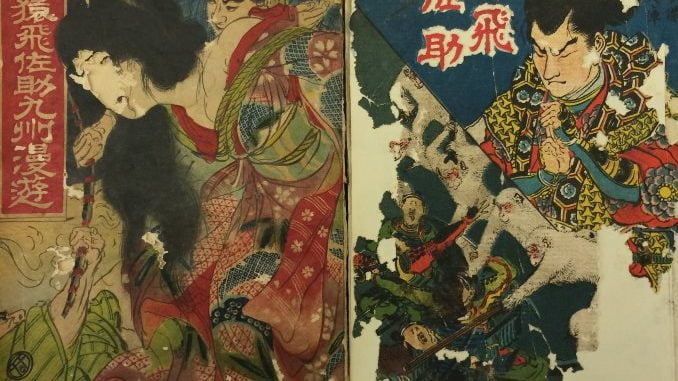
No doubt, when you first hear “Sasuke”, you might imagine the surly kid from Naruto. Or perhaps even some other manga or video game character.
But did you know this fictional character was likely inspired by a real person?
The Real Ninja Behind Sasuke
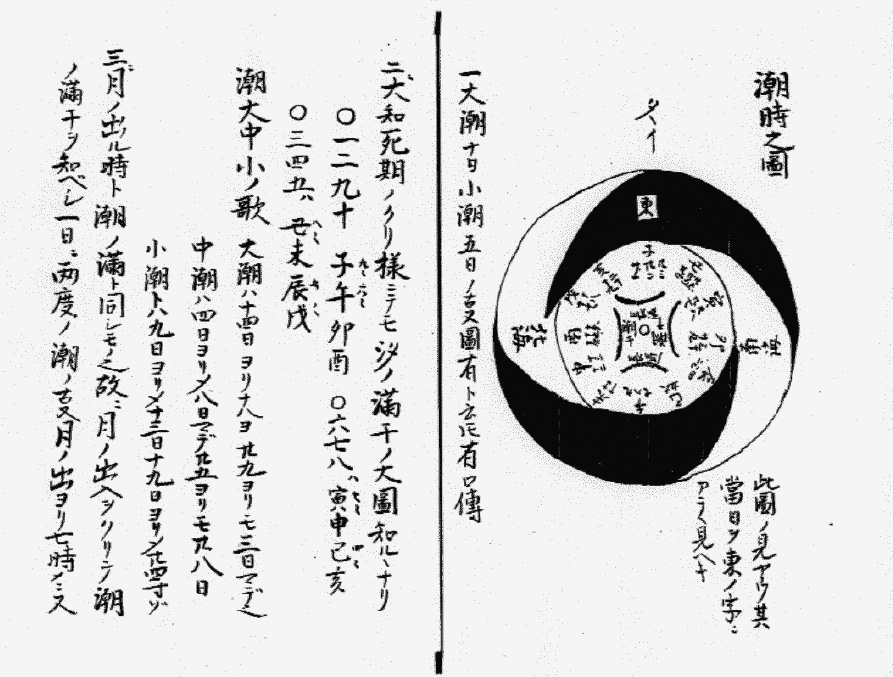
There were multiple people whose history inspired the creation of Sarutobi Sasuke (猿飛佐助). One of them was likely Kozuki Sasuke (上月佐助).
Rumours reveal that Kozuiki Sasuke’s other name was Shimotsuge no Kizaru. This name appears in the Bansenshukai (Edo-period ninja manual) as one of 11 masters of in-nin.
Sarutobi Sasuke of Folklore
Monkey Jump – No, this is not some special karate move or jutsu. It’s the translation of “Sarutobi.”
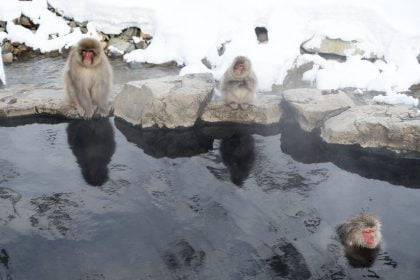
Raised as an orphan by monkeys, Sarutobi Sasuke had monkey-like skills. This included climbing and jumping.
Thus, his name, Sarutobi, is especially fitting as it means “monkey jump” in Japanese.
His connection to monkeys is also no coincidence.
After all, he belongs to the Koga clan in Shiga prefecture. That prefecture is near several onsen (hot springs), where snow monkeys love to bathe in.
The Story of Sarutobi Sasuke
Sarutobi Sasuke’s story begins when he was ten – past the time when monkeys adopted him.
He was seeking out a swordsmanship teacher, when he met Hakuunsai Tozawa. This was the exceptionally-skilled founder of Gyokko-ryu. Under his tutelage, Sarutobi became a master ninja.
Sarutobi Sasuke was a character in the Sanada Ten Braves (真田十勇士), a story found in the Tachikawa Bunko pocket books. These books contained fictional ninja folklores for teenagers during the Taisho period (1900s).
The story revolves around a group of ninja who aided Sanada Yukimura, with the Battle of Osaka Castle. This battle occured when the Japanese Warring States period was coming to a close.
Sarutobi Sasuke’s Annoying Best Friend
Sarutobi often appears with another prodigious ninja – Kirigakure Saizo. Kirigakure Saizo was an Iga ninja.
Long ago, the Koga and Iga were rivals, because of the Fuma-Hattori aggression. Their ninjutsu styles also greatly differed.
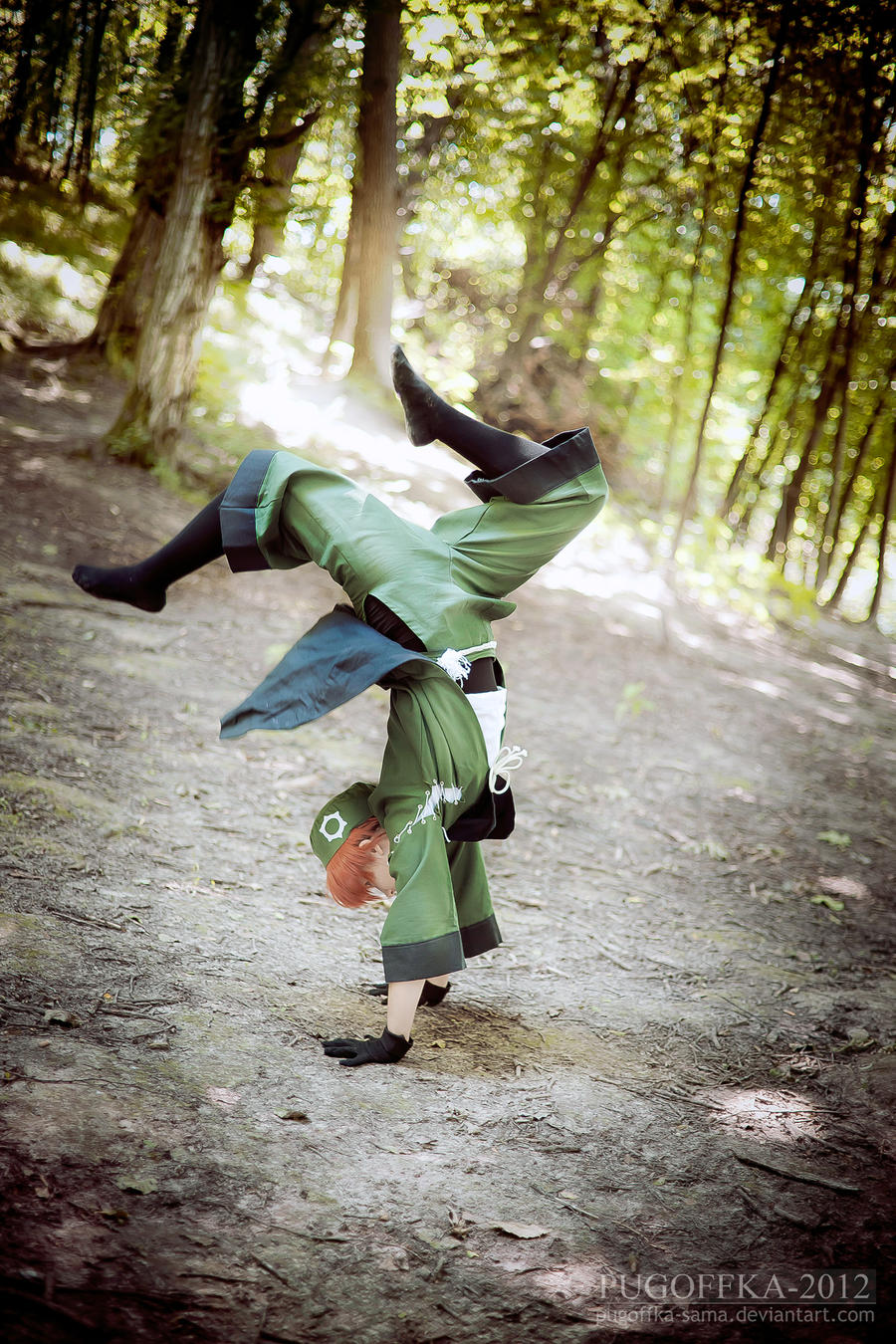
Thus, these two characters usually butt heads throughout the story. Nonetheless, they wind up as best friends instead of arch-rivals by the end.
The fight against Ishikawa Goeman
Sarutobi Sasuke also once encountered Ishikawa Goemon, a light-footed ninja who used illusions. The two had a match, which ended in Goemon’s defeat. And so, Goemon began humbled himself and called himself the little brother.
Other Appearances in Media
- Tachikawa Bunko, 1911-1925
- Sarutobi Sasuke by Shigeru Sugiura, 1950s
- Samurai Spy (Ibun Sarutobi Sasuke), Sarutobi no Ninjutsu, and Sarutobi Sasuke Senjogadake no Himatsuri, amongst other films throughout the early 1900s.
- Samurai Deeper Kyo anime
- Sengoku Basara, anime
- The Legend of the Mystical Ninja video game
Moving on. Here are some facts about the popular obstacle course competition – Sasuke Ninja Warrior.
Facts About Sasuke – Original Ninja Warrior Obstacle Competition
Monster 9 (production company), created the reknown SASUKE obstacle course competition in 1997. Although it went bankrupt in 2011, people loved the awesome SASUKE shows.
In 2012, TBS (Tokyo Broadcasting System) renamed the 28th season of the show “Sasuke Rising”. In addition, the US channel G4 shows an edited and subtitled version called Ninja Warrior.
How Ninja Warrior Works & Other Spin-Offs
The premise of the show is to have 100 competitors compete to finish four obstacle course stages. Many fail in the first and second stages, and the final showdown often results with no one winning.
One spin-off of SASUKE include Kinniku Banzuke (or “Muscle Ranking”). It soon became an independent program. There is also KUNOICHI, the all-women obstacle course competition.
The Reward

Until Season 17, Ninja Warrior awarded competitors ¥2,000,000. This is the prize money that comes with the title of Kanzenseiha (Total Victory). It means you’ve completed all four rounds.
Yet, that hardly offset the cost of travel and accommodations. As a result, the show doubled the reward in later seasons.
Even so, the increase in reward may be due to the rising difficulty in the obstacle course. After all, only 3 competitors were good enough to get the title of Kanzenseiha to date.
- Kazuhiko Akiyama (Competition 4)
- Makoto Nagano (Competition 17)
- Yuuji Urushihara (Competition 24 and 27)
Countries That Air Ninja Warrior
Although the competition continues in Japan, many countries are only showing edited variations of the previous seasons called Ninja Warrior. A few of them have decided to air their own national versions.




Here’s a list of the countries where you can watch SASUKE Ninja Warrior (and/or their own version):
- Australia
- Bahrain
- Bulgaria (Ninja Warriors)
- China – 极限勇士 (Sasuke China: X Warrior)
- Czech Republic (Ninja Faktor)
- Denmark – Danmarks Ninja Warrior
- France – Ninja Warrior: Le Parcours des héros
- Germany
- Greece
- Indonesia – Sasuke Ninja Warrior
- Italy – Ninja Warrior Italia
- Japan – Sasuke (サスケ)
- Malaysia – Sasuke Malaysia
- Netherlands
- Saudi Arabia – Ninja Warriorبالعربي
- Serbia (Nindža Ratnici)
- Singapore – Sasuke Singapore
- South Africa
- Spain
- Sweden
- Turkey
- United Kingdom
- United States
- Vietnam – Sasuke Việt Nam: Không Giới Hạn
Sasuke Ninja Warrior Obstacles & Stages
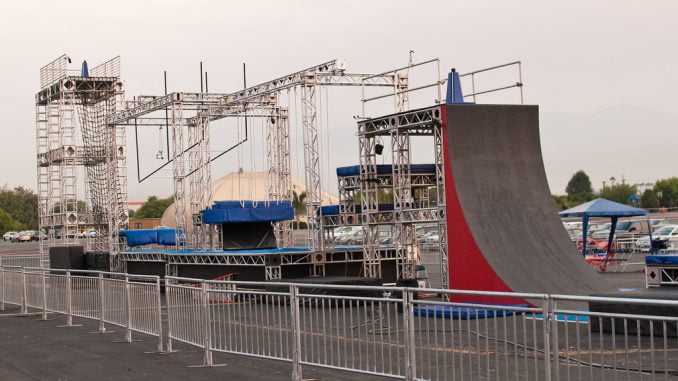
There are four different stages in SASUKE Ninja Warrior. With each stage, the level of difficulty rises. At present, all four stages, except the third, are timed.
Due to the obstacle’s complexity, there is no clock in the third stage. Competitors can use as much time as they need.
With the competition beginning in the morning and lasting all day, inclement weather does not expedite the levels. After all, even snowstorms have not stopped the show in some seasons.
Let’s look at some of the obstacles in each stage.
1
First Stage
Bridge Jump

The competitor runs, leaping from one edge of the bridge, grabs a rope attached to a wheel, then swings to the opposite side.
Bungee Bridge
The bridge has several gaps. The ground is actually made of elastic, stretchy fabric that makes it incredibly hard to cross without falling through the gaps.

Half-Pipe Attack
Much like the Crooked Wall, the competitor runs up the vertical half-pipe then must leap about halfway into the air to grab ahold of a rope to land on a narrow landing pad.

Sextuple Step
There was also a Quintuple Step, but this obstacle has 5 platforms rather than 4, increasing the level of difficulty slightly. However, because of its slipperiness being a hazard, it was no longer used after the twenty-second SASUKE.

2
Second Stage
Chain Reaction
Competitors move from platform to platform by swinging from one chain to the next, needing to often do this switch in mid-air.

Spider Walk
One of the more common obstacles. Currently, Spider Walk has 3 variations. There are two walls with space between them. Some of the space is filled with hindrances that the competitors must scale over to get to the other side.

Unstable Bridge

Wall Lifting

3
Third Stage
This stage relies entirely on upper body strength, making it astoundingly difficult to complete.
Arm Rings
There are two rings to grab onto, with which you use to move along the overhead track—made up of horizontal pipes— by moving the rings from point to point. There are a couple of variations in height of those pipes, meaning the competitor has to pull themselves up from time-to-time.

Cliffhanger
This obstacle was seen in multiple seasons and had multitude revamps. The competitor has to move along the narrow ledges using only their fingertips to support them (as there was no floor below).
The original had three ledges at the same height, but then the leveling and length was changed for later seasons. Related obstacles are the Shin Cliffhanger and Ultimate Cliffhanger, both of which sound really painful.

Curtain Cling
Seen in seasons 13 to 17. To cross, you have to move horizontally across a hanging curtain that’s about 5.4 meters wide and 3 meters (about 9 feet) long.

Floating Boards
In this obstacle, five boards hang from scaffolding. And the competitor travels across by clinging to one then jumping to another.

Roulette Cylinder
Comparable to another obstacle called Rolling Dice, the person controlling the cylinder has bars to grab onto for more control. It kind of looks like a bicycle wheel with the spokes pointing outward. This was the predecessor to another obstacle named the Doorknob Grasper.

4
FINAL Stage
G-rope
The G-Rope replaced a similar obstacle called the Final Rope. In this version, the competitor climbs a 10 m long rope that has some bungee cord properties. The rope used to be cut if a competitor ran out of time. However, that has been removed.

Heavenly Ladder
Lastly, the final version of a spider climb. The ladder is 13 meters in length, and it ends with the G-rope.
At one time, the ladder was steel, but it was soon replaced with a rope ladder to increase difficulty.

Note: Obstacle GIFs generated and retrieved from SASUKE CENTRAL and SASUKEPEDIA
How Did Sasuke Influence Sasuke (Ninja Warrior)?
When watching the original SASUKE, you see something incredible — people doing what ninjas used to do when infiltrating castles or escaping from the enemy.
Through the obstacles, competitors have to use both mind and muscle to overcome the challenges. Many of the obstacles are both intimidating to look at and difficult to complete. Willpower is a necessity, and that’s one thing ninja took years to cultivate.
Sasuke Moniker For Ninja
Although Sasuke is a very old Japanese name, it was made popular because of Sarutobi Sasuke’s folklore. It was also because of this folklore that the name, Sasuke, became a popular moniker for the ninja. It represents excellence in physical conditioning.
As such, in Sasuke Ninja Warrior, many competitors were fishermen, firemen, elite athletes and the like. The obstacles test fitness components such as strength, endurance, balance, coordination, agility, and power.
Yet, the biggest thing, in my opinion, is the willpower. Ninja trained their hearts and minds to overcome fear when it was snarling at them.
Sarutobi Sasuke was one of those valiant examples, though fictional.
Note: Joint article by Valerie and Logen. Featured image modified from Team Dalog & Penn Japanese Collection.

